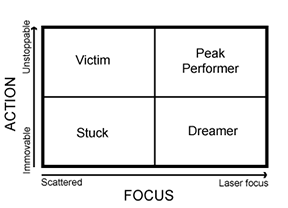 Last Christmas (aka National Retailers Holiday) I received this lovely Charbroil Cast Iron Fireplace as a gift. I’ve never used it because, well, because I had to build a patio for it first – you can’t set something like that just anywhere. I had to make a suitably safe spot for it. But this year I did that and as the weather is cooling off I decided to set it up Monday night.
Last Christmas (aka National Retailers Holiday) I received this lovely Charbroil Cast Iron Fireplace as a gift. I’ve never used it because, well, because I had to build a patio for it first – you can’t set something like that just anywhere. I had to make a suitably safe spot for it. But this year I did that and as the weather is cooling off I decided to set it up Monday night.
I don’t have a wood-burning fireplace in my house, nor any need for firewood, so last night I stopped at the local grocery and picked up a couple of bundles of firewood to test it out – supposedly only the finest hardwoods, seasoned for even burning. Two bundles for $8. Such a deal. How hard could it be, right?
I mean, I’ve watched Bear Grylls start a fire in the middle of freakin’ nowhere, using nothing more than two stones and a tiny handful of dead grass. But not me, no sir. I bought asbestos firewood. I bought the only two bundles of flame-proof hardwood on the planet. I used newspapers, dried twigs and straw, chipped off small bits for kindling. It all burned and then died.
I got a pint of lighter fluid ($3.49 and another trip to the corner market) and soaked everything good and tried again. The fluid flamed up, burned off and died. I used the entire pint of fluid to keep everything burning. I fanned the flames, I readjusted the logs, I turned them and blew on them and squirted more lighter fluid. It was like some scene from “Jackass, The Movie” with me about to be blown up. But nothing.
I finally went to the shop and got a blow torch. I used an entire can of MAPP gas. You can weld metal with this stuff, but it wouldn’t set those goddamn logs on fire. By this time I’d spent more than an hour and a half trying to light this fire. I had a firepit full of ash, carbonized twigs, newspaper, and soot – and four sooty, impervious, defiant logs staring at me.
I finally broke down and went, again, to the store. I bought a case of those ready-made, artificial, fireplace logs – the kind made from sawdust and some sort of slow-burning organic glue that holds it all together. All you do is set the wrapper on fire on walk away and it burns merrily for 3-4 hours.
I put two of them in the firepit and arranged the satanic logs over, under and around them. Then I set the wrappers on fire. In short order I had a blazing little bonfire in my fireplace. It was 11:30pm. I now had to stay up another four hours, until it burned itself out, before I could safely go to bed. I wasn’t about to douse this damn fire.
